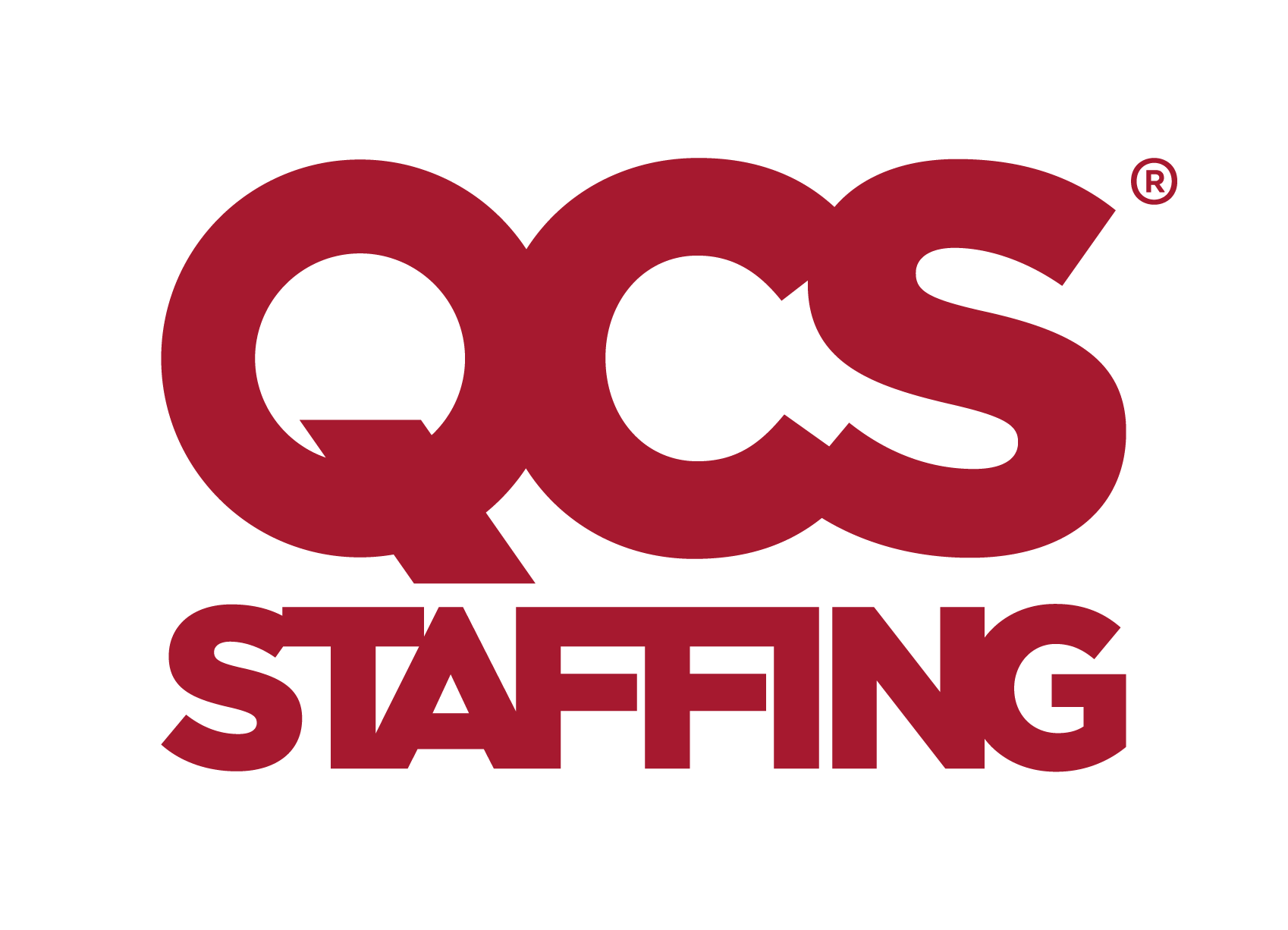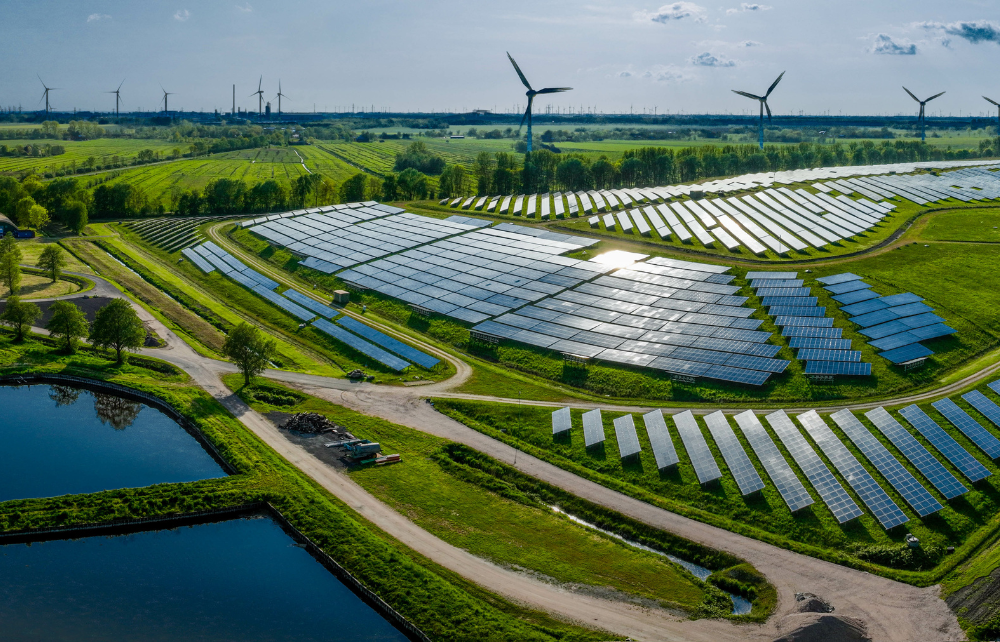What’s Happening in Renewable Energy?
Renewable energy continues to surge ahead as a cornerstone of our global energy transition. Recent developments in this sector have not only revolutionised our energy sources but have also significantly influenced the job market. Let's take a closer look at the evolving trends, developments, and the array of opportunities emerging in the realm of renewable energy jobs.
Global Race to Renewable
The Paris agreement in 2015 outlined the necessity to cap global warming at 1.5°C with greenhouse gas emissions peaking by 2025 and subsequently declining by 43% by 2030. As 2025 approaches, the question of our progress towards this critical goal arises. Reports from Our World in Data reveal a deceleration in emissions growth in recent years, yet the awaited peak is still on the horizon. Notable progress has been made by countries like Iceland (with 86.87% of power usage originating from renewable sources) and Norway (with 71.56% of power usage originating from renewable sources). In terms of renewable energy power generation, China is far in the lead with 13.2 exajoules of renewable energy generation in 2022. Comparatively, Europe produced 10.21 exajoules and North America produced 7.81 exajoules.
As per a Down to Earth report, nations worldwide are currently falling short of achieving 100% renewable energy systems. Efforts to deploy renewables outside the power sector have been insufficient and inconsistent. Notably, the top three countries facing this challenge are Emerging Market and Developing Economies (EMDEs): China, Brazil, and Chile. Additionally, countries such as Cambodia, Uruguay, Croatia, Iran, and Italy have witnessed a decline in the share of renewables within the power sector over the past four years.
Australia aims to cut CO2 pollution to 42% below 2005 levels by 2030, close to its 43% target. However, concerns exist about emissions from approved fossil fuel export projects potentially surpassing domestic reductions. In the UK, a £960 million investment in green industries and power network reforms is underway to expedite construction and grid connections. Globally, renewable capacity is set to soar by 107 GW in 2023, exceeding 440 GW, driven by policy support, energy security concerns, and competitiveness against fossil fuels, despite challenges like rising interest rates and supply chain issues.
Current State of Solar Energy
Solar energy emerges as an unparalleled success story, becoming the most cost-effective form of electricity installation globally. COP28 aspires to triple global renewable electricity capacity by 2030, highlighting the exponential growth in solar energy. Recent collaborations, such as the Co-op's 15-year solar power purchase agreement with Voltalia and light source bp’s numerous global projects exemplify a commitment to net-zero carbon emissions. The solar industry, propelled by policy support and growing energy security concerns, anticipates unprecedented growth in 2024. Solar PV capacity accounts for two-thirds of this year’s projected increase in global renewable capacity.
Wind Energy Developments
The wind energy sector faces financial challenges despite rapid growth, with companies grappling with profitability issues. The wind energy industry, including major players like GE, Siemens, and Vestas, faces challenges such as reduced tax incentives, rising interest rates, and inflation. Despite setbacks, optimism arises from new tax credits and subsidies. While 2023 is expected to be slow, growth is anticipated in the next decade, particularly in offshore wind.
Supply chain disruptions have affected profit margins, leading to losses for companies like Siemens and Vestas. The industry's short-term struggles are attributed to issues such as increased raw material costs and supply chain challenges. The Inflation Reduction Act is seen as a game-changer, re-establishing confidence and prompting investment in clean energy projects. Despite short-term economic hurdles, the wind energy industry is poised for growth, with onshore wind capacity expected to rebound by 70% in 2023.
The industry's supply chain disruptions are being addressed, with companies reopening facilities and investing in new manufacturing to support the growing demand for wind energy. Despite short-term hurdles, the industry remains crucial for the global energy transition, emphasising the need for sustained policy support and investment.
Conditions of Carbon Capture
While billions are being invested globally in carbon capture, favoured especially by the fossil fuel sector, the technology faces hurdles at the scale required. Notable failures highlight the challenges of making carbon capture financially viable. This prompts crucial questions about the world's reliance on this technology and its optimal deployment.
Hydroelectric Situation
Hydropower constitutes the largest share, approximately generating around 16% of total electricity. The International Energy Agency (IEA) reports that hydropower accounts for nearly one-third of the world's capacity for flexible electricity supply. No country has achieved 100% renewables without including hydropower in its energy mix. As of 2020, hydropower's installed capacity reached 1,330 gigawatts (GW), with China, Brazil, the USA, Canada, and India being the largest producers.
Future projections from the International Renewable Energy Agency (IRENA) suggest a need for a 60% increase in hydropower capacity by 2050 to reach 2,150 GW, aiding in limiting global temperature rise. Achieving this goal requires an investment of approximately $1.7 trillion, with global hydropower investment reaching $50 billion in 2019, falling short of the 100 billion annually needed for sustainable development. The sector's expansion is crucial for job creation and meeting climate targets, particularly the 1.5-degree Celsius goal.
Workforce Challenges in Renewable Energy
As the renewable energy industry expands, concerns arise about a potential shortage of skilled labour. Addressing this gap is pivotal to sustain and further accelerate the sector's growth.
McKinsey predicts that global solar and wind power capacity will quadruple between 2021 and 2030 meaning the addition of 1.1 million blue-collar roles, essential in developing and building plants, along with 1.7 million extra workers to operate and maintain them. This adds an increased value and security to working in the renewable sector.
Renewable Energy Jobs at QCS staffing
Here at QCS Staffing, we’re passionate about linking brilliant people with brilliant organisations, and we’re committed to helping you advance your career in renewables at this exciting time – from roles like commissioning manager, crane operator, fabrication, and quality management.
Don’t wait any longer to kickstart your renewable energy career. Head to our renewable energy hub to check out a range of renewable energy job opportunities and learn more about how QCS Staffing can help you take your next career step, or contact us to start a conversation.






.png?v=80a0421a8ae621e572ffffe39c6613df)
